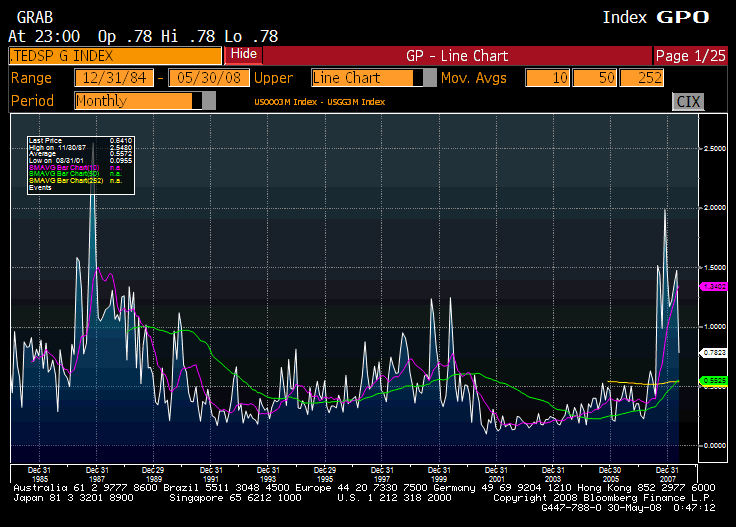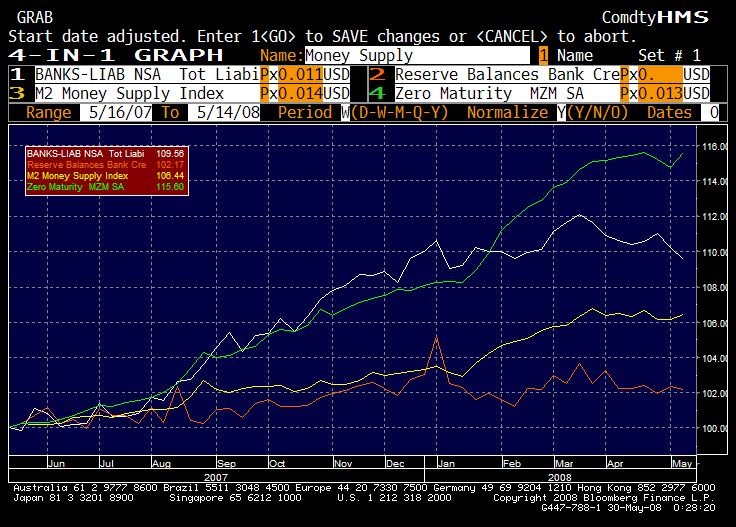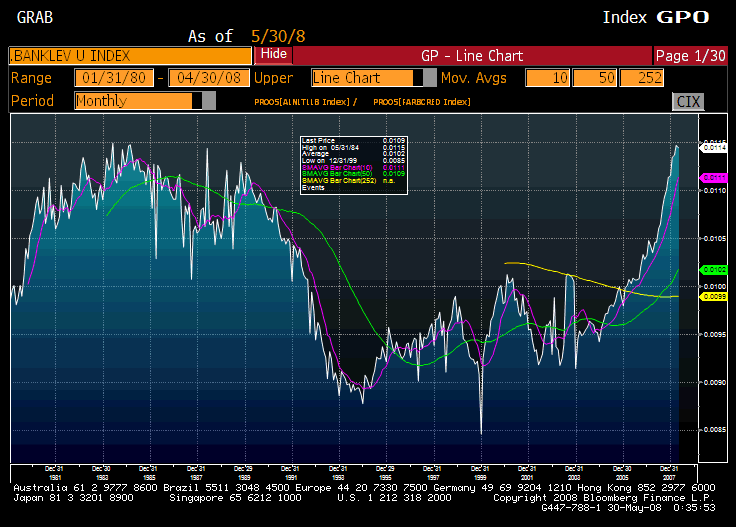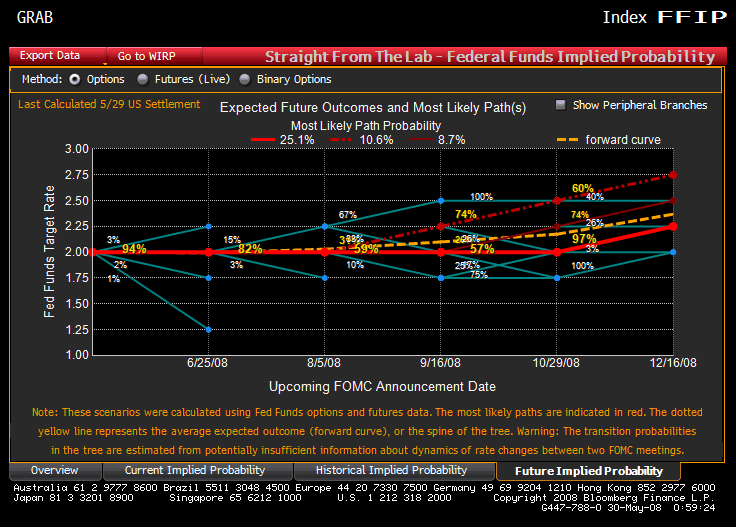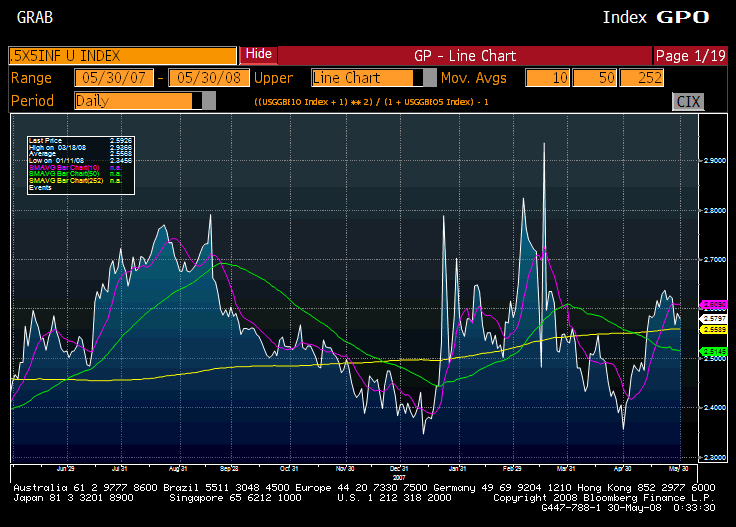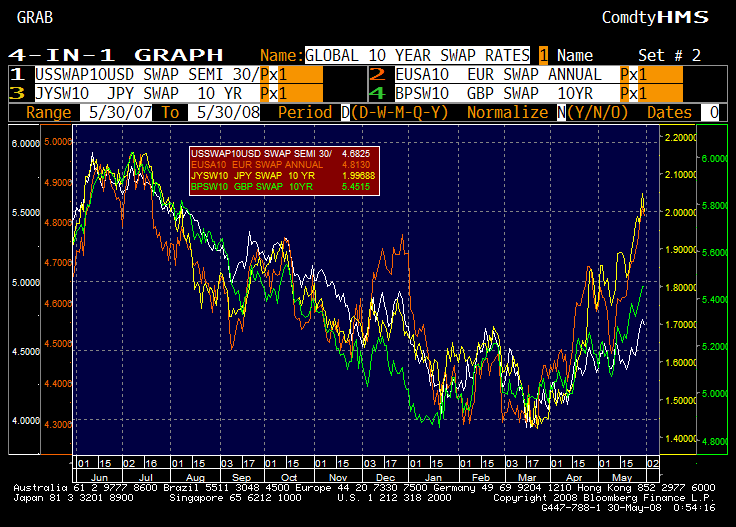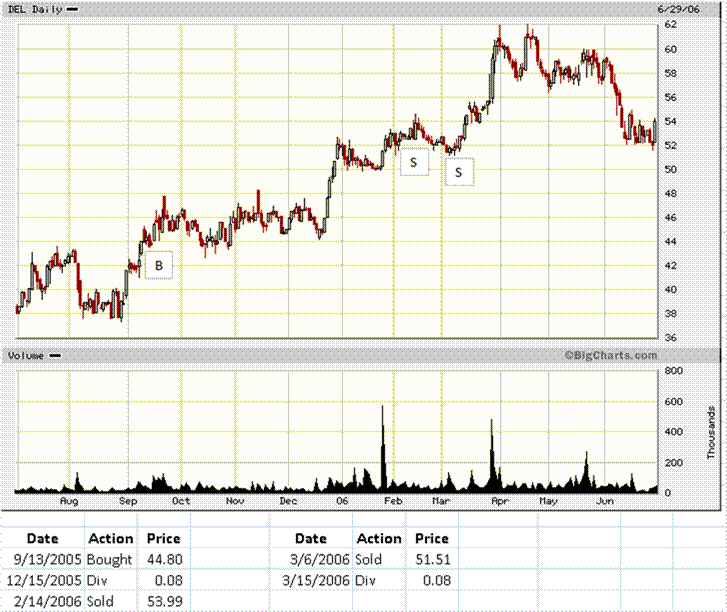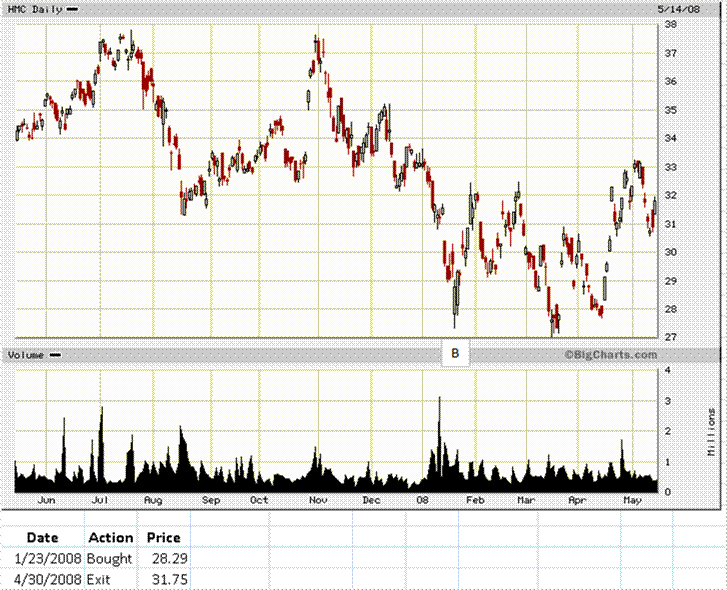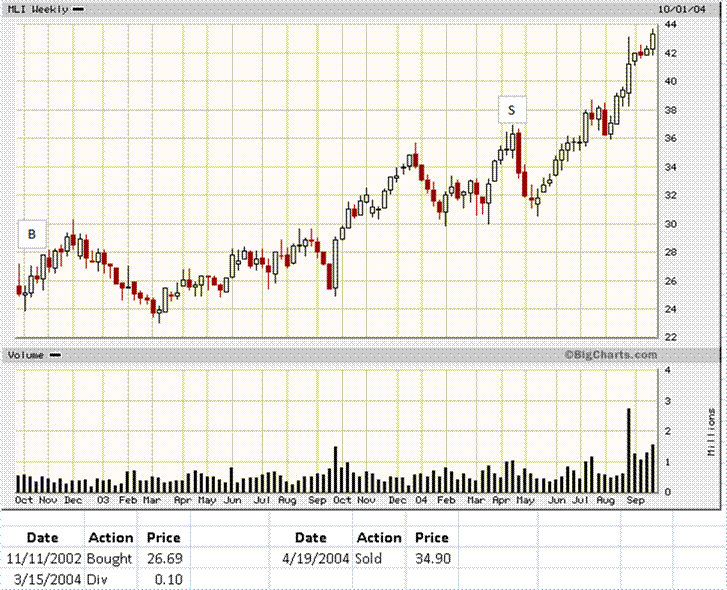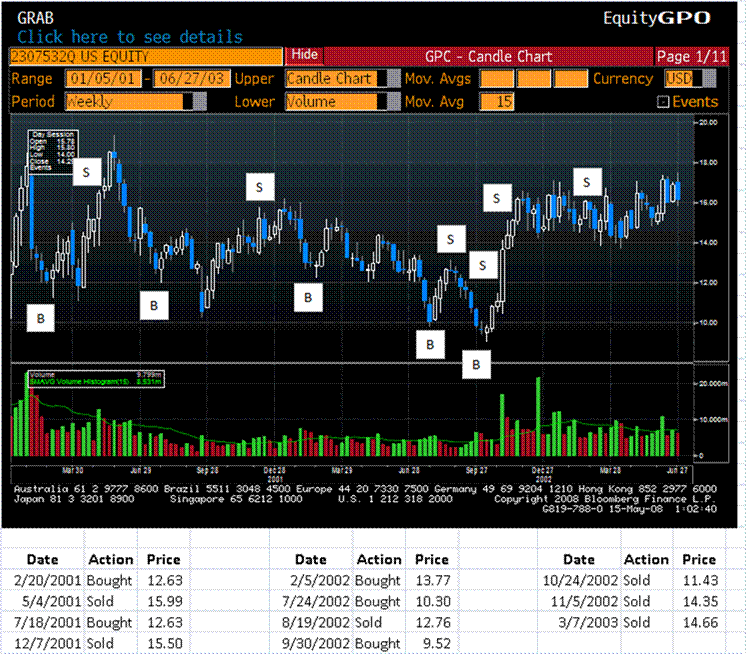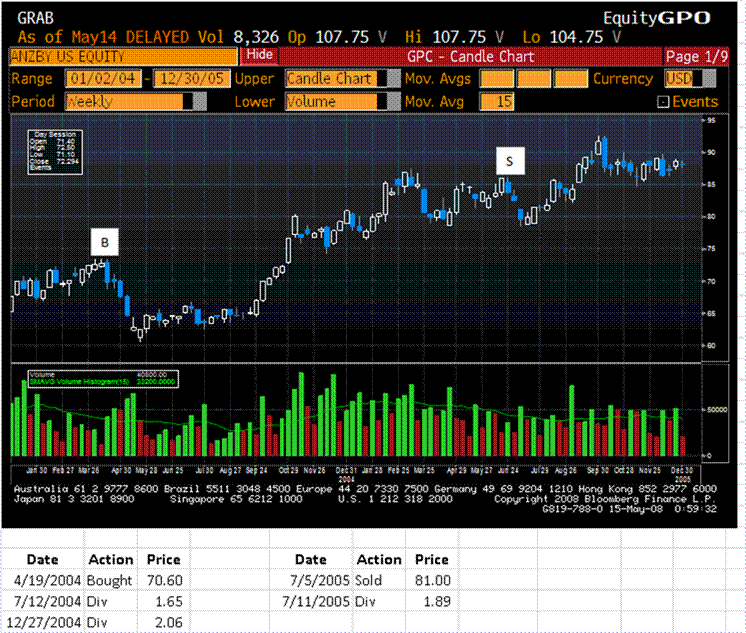FHA: Faulty Housing Assumptions?
As I get older, I still have a sense of wonder at the degree to which the US Government is a major lending institution. Today’s poster child is the Federal Housing Administration. What is the FHA?
“The Federal Housing Administration, generally known as “FHA”, is the largest government insurer of mortgages in the world, insuring over 35 million properties since its inception in 1934. A part of the United States Department of Housing and Urban Development (HUD), FHA provides mortgage insurance on single-family, multifamily, manufactured homes and hospital loans made by FHA-approved lenders throughout the United States and its territories.”
How is the FHA funded?
“FHA operates entirely from self-generated income and costs the taxpayers nothing. The proceeds from the mortgage insurance paid by the homeowners are captured in an account that is used to operate the program entirely. FHA provides a huge economic stimulation to the country in the form of home and community development, which trickles down to local communities in the form of jobs, building suppliers, tax bases, schools, and other forms of revenue.”
Well, good that it costs taxpayers nothing, if that is sustainable. The risk in the present environment is twofold. First, FHA is providing a lot of the loans that are getting done tight now. The backup plan is almost the primary plan now in a few places. Here’s an example:
‘David H. Stevens, president of Long & Foster’s affiliated businesses, said his real estate brokerage now holds regular FHA training sessions for its agents and the loan officers at its in-house lender, Prosperity Mortgage.
“Our FHA business in the Washington area went from virtually nothing at the end of 2007 to about 30 percent today,” Stevens said. “In some spots, FHA makes up 50 percent of all our loans.”‘
Now the percentage is much lower across the whole country. As the article points out, the loans have become more common in areas where housing prices are high, and the borrowers can’t come up with a down payment for a conforming loan.
As the number of mortgages originated/insured goes up, it FHA needs more capital to back those loans, all other things equal. The second problem is defaults. (Hat tip: Calculated Risk) Thery are one of the few places providing loans to lesser quality borrowers, so it is no surprise that their loss rate should be up considerably. Here’s the quote that caught my attention:
?Let me repeat: F.H.A. is solvent,? Mr. Montgomery said on Monday in a speech at the National Press Club. ?However, no insurance company can sustain that amount of additional costs year after year and still survive. Unless we take action to mitigate these losses, F.H.A. will soon either have to shut down or rely on appropriations to operate.?
Hmm… it looks like the US Government does not directly stand behind the liabilities of the FHA. Contrary to the original quotation from their website, it seems that in a pinch, they can ask Congress for funds, or, go out of business. (As an aside, I could not find out who regulates the solvency of the FHA. Thoughts?)
Well, not surprising. Our politicians like cheap solutions, which makes them lean on the GSEs and things like the GSEs, in order to get cheaper mortgage financing with dinging taxpayers. That works for a time, but the gambit comes to an end when the solvency of these quasi-public, quasi-private entities becomes threatened.
We’re not done with the fall in residential housing prices yet, and the difficulties at FHA are just another demonstration of that.


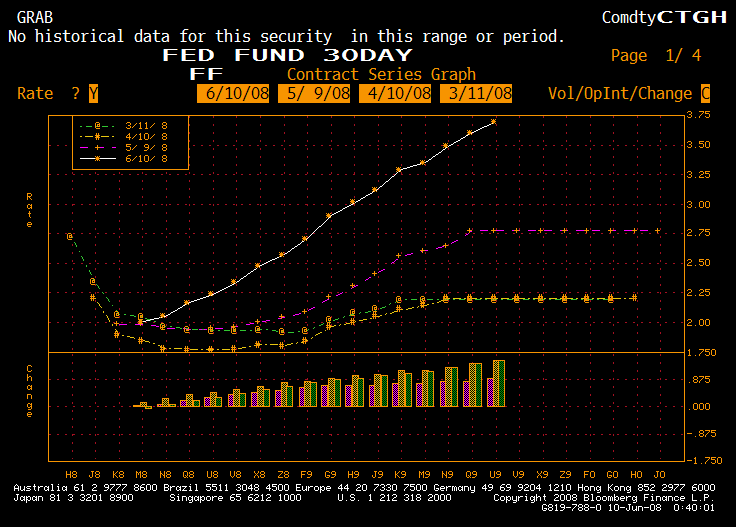
 This graph shows the difference between yields on A2/P2 commercial paper and the 2-year Treasury. What this says is that a BBB company can borrow unsecured for a month at 2.7%. Not bad. Now look at the Treasury-Eurodollar [TED] spread:
This graph shows the difference between yields on A2/P2 commercial paper and the 2-year Treasury. What this says is that a BBB company can borrow unsecured for a month at 2.7%. Not bad. Now look at the Treasury-Eurodollar [TED] spread: